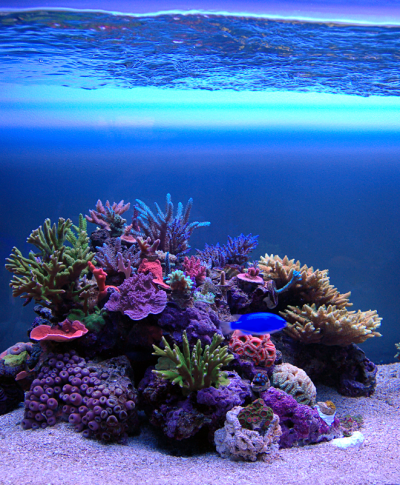- Joined
- Jan 3, 2018
- Messages
- 904
- Reaction score
- 769
I got a mantis shrimp on an order from Gulf Live Rock. Two gobies disappeared before I saw him poking out of a hole several weeks later. Removed the rock he was in and submerged it in a bucket of fresh water and he bolted out of it in a few seconds. He had moved to one of my base rocks so I don't know how much damage this does to live rock but I would not think it would be much given the short time it took.What size rock do you guys think are hospitable for a mantis to hide on? I have a small rock pack coming from Tampa bay tomorrow shipped in water, and I’d like to add some to the display for good measure. I expect fist sized pieces or so. How good of hiders are they? It’s not worth a gorilla crab or mantis getting loose and feasting on my anthias, but I’d love to get some of that biomass under the lights if possible. Maybe I’ll take one piece out and bust it up into several much smaller piece I know one couldn’t possibly be hiding on





















